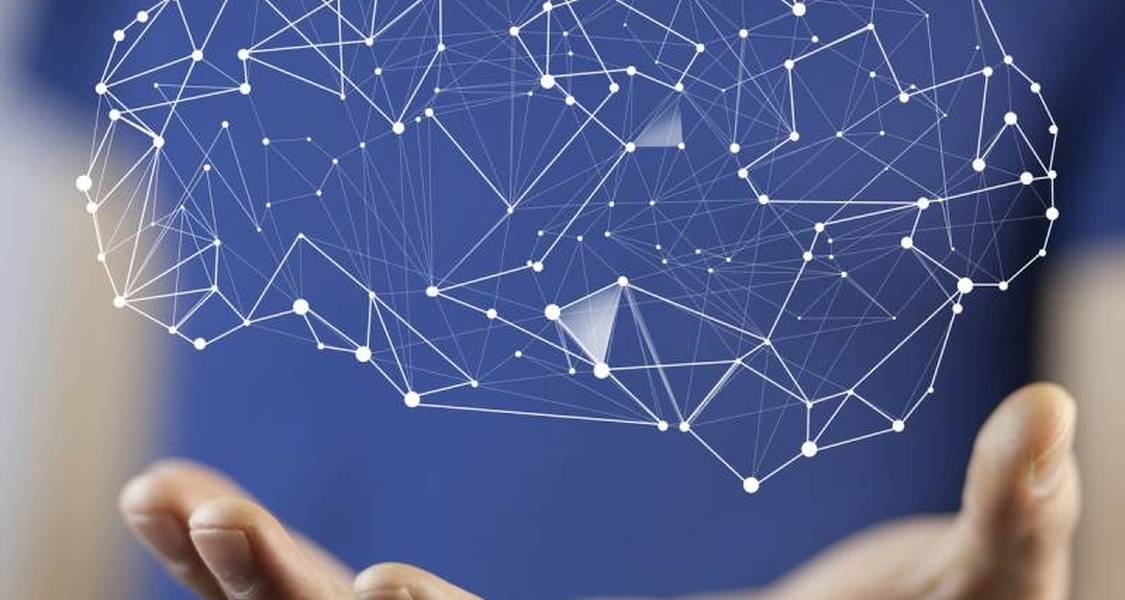Main Content
Research

Systems neuroscience is a multidisciplinary field of research that encompasses molecular and cognitive neuroscience. Its goal is to further our understanding of the relationship between cognitive phenomena and the physical matter of the brain. Using a combination of genetics, behavioral testing, advanced brain imaging, and theoretical modeling, our cognitive neuroscience research endeavors seek to elucidate how high-level functions, such as psychopathological phenomena, language, social and cultural behaviour, expectations and motivational states influence relate to specific neural networks in the brain. We focus on the vast space that exists between molecular and cellular approaches to the brain and the study of high-level mental functions. The ability to synthesize cross-disciplinary areas of investigation in fields such as cognitive neuroscience directly results from the unique research environment at the University of Marburg.
Inhalt ausklappen Inhalt einklappen Pathogenesis and Course of Mental Illnesses (FOR 2107)
Affective and psychotic disorders, i.e. major depressive disorder (MDD), bipolar disorder (BD), and schizophrenia are complex and heterogeneous phenotypes. Genetic and environmental risk factors contribute to and interact with their etiology and the longitudinal course. The neurobiological correlates by which these predispositions exert their influence on brain structure and function are poorly understood. The aims of the DFG funded Research Unit (FOR; DFG Forschergruppe) are to integrate clinical and neurobiological associations of genetic and environmental risk factors and their interaction involved in the etiology, onset and course of affective disorders.
Further information: www.for2107.de
Inhalt ausklappen Inhalt einklappen Perception and Action (SFB 135)
Perception is one of the most fundamental functions of our mind as it provides the primary source of information about our surrounding world. Perception and action are tightly integrated. Our senses enable us to take up information from the environment, while perception is the process by which this information is interpreted, a “making sense of the senses. We want to understand perception and action across a wide range of domains in terms of three underlying principles, and how their dysfunction results in psychopathological phenomena: Prediction, Valuation and Categorization. These cardinal mechanisms create and maintain sophisticated internal models of the world. The brain is the organ that continuously optimizes these internal models, enabling us to predict the future state of the environment and the consequences of actions, evaluate the potential risks and benefits of different stimuli and responses, and categorize a complex continuous world into discrete mental concepts and behaviors.
Further information: www.sfb-perception.de
Inhalt ausklappen Inhalt einklappen Placebo Research (SFB 289)
Researchers have known for a long time that expectations can influence physical symptoms, the course of an illness and the efficacy of treatments. Patients experience what are known as placebo effects. It has been shown that a capsule with no active ingredient or specific information from the doctor can have powerful effects. Patient expectation of treatment is the key to these effects.
This has great therapeutic potential. Where do expectations come from and how can we influence them? Can treatment providers use this knowledge to improve the efficacy and tolerability of medications and treatments? What happens in the brain, and what are the psychological and neurobiological mechanisms underlying the effect?
Inhalt ausklappen Inhalt einklappen Language, speech and formal thought disorder
Formal thought disorder (FTD) is present in most psychiatric disorders and in some healthy individuals. We work on a comprehensive, integrative, and multilevel account of what is known about FTD, covering genetic, cellular, and neurotransmitter effects, environmental influences, experimental psychology and neuropsychology, brain imaging, phenomenology, linguistics, and treatment. FTD is a dimensional, phenomenologically defined construct, which can be clinically subdivided into positive versus negative and objective versus subjective symptom clusters.. Aetiologically, FTD is the only symptom under genetic influence in schizophrenia as shown in linkage studies, but familial communication patterns (allusive thinking) have also been associated with the condition. Positive FTDs are related to synaptic rarefication in the glutamate system of the superior and middle lateral temporal cortices. Cortical volume of the left superior temporal gyrus is decreased in patients with schizophrenia who have positive FTD in structural MRI studies and shows reversed hemispheric (right more than left) activation in functional MRI experiments during speech production. Semantic network dysfunction in positive FTD has been demonstrated in experiments of indirect semantic hyperpriming (reaction time).
Inhalt ausklappen Inhalt einklappen Therapeutic interventions
On the basis of a holistic, systems neuroscience approach, we elucidate the behavioural, cognitive-emotional and neural mechanisms of treatments. In particular we are interested in the neural correlates of psychotherapy, but also compounds such as ketamine, or electro-magnetic stimulation techniques.